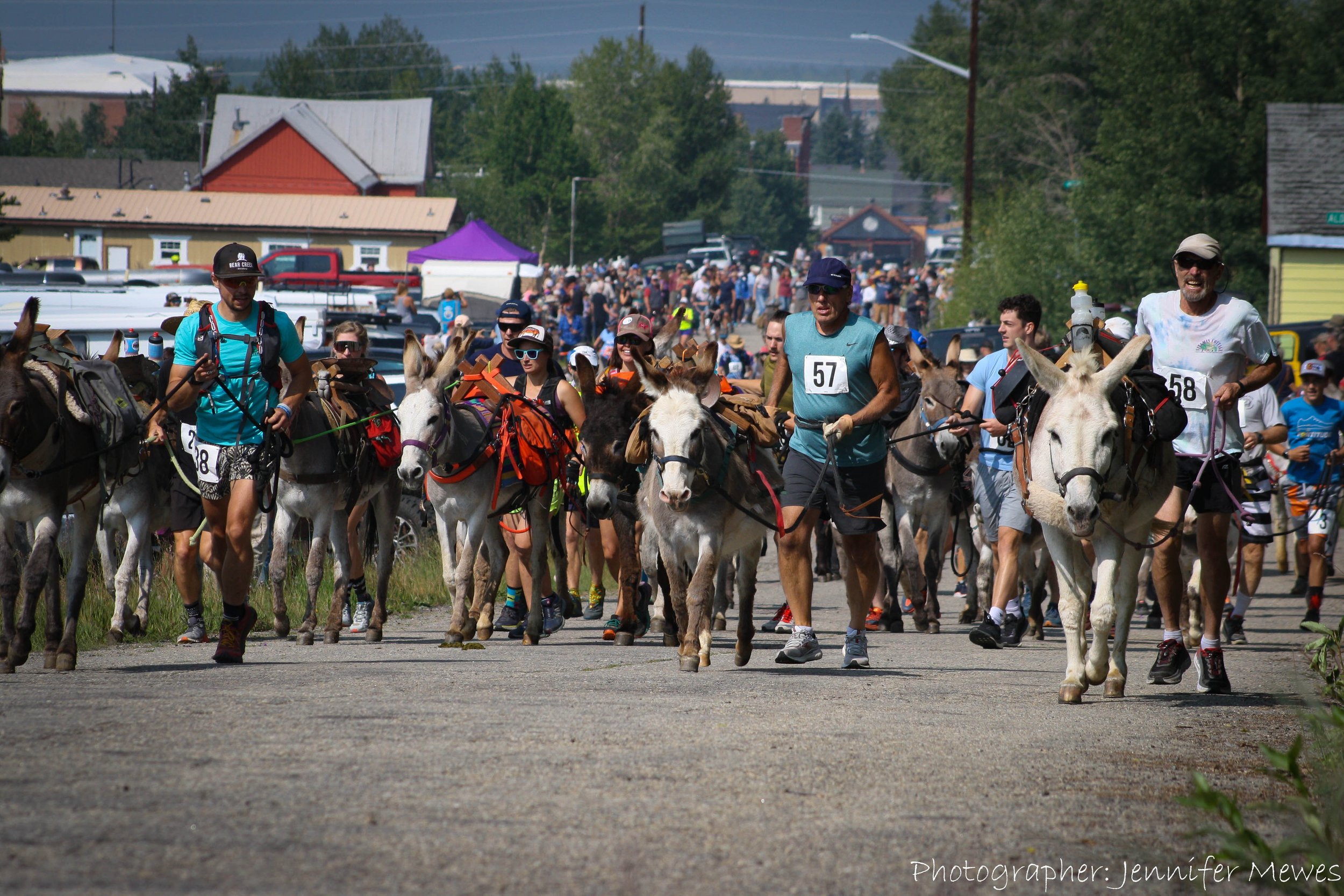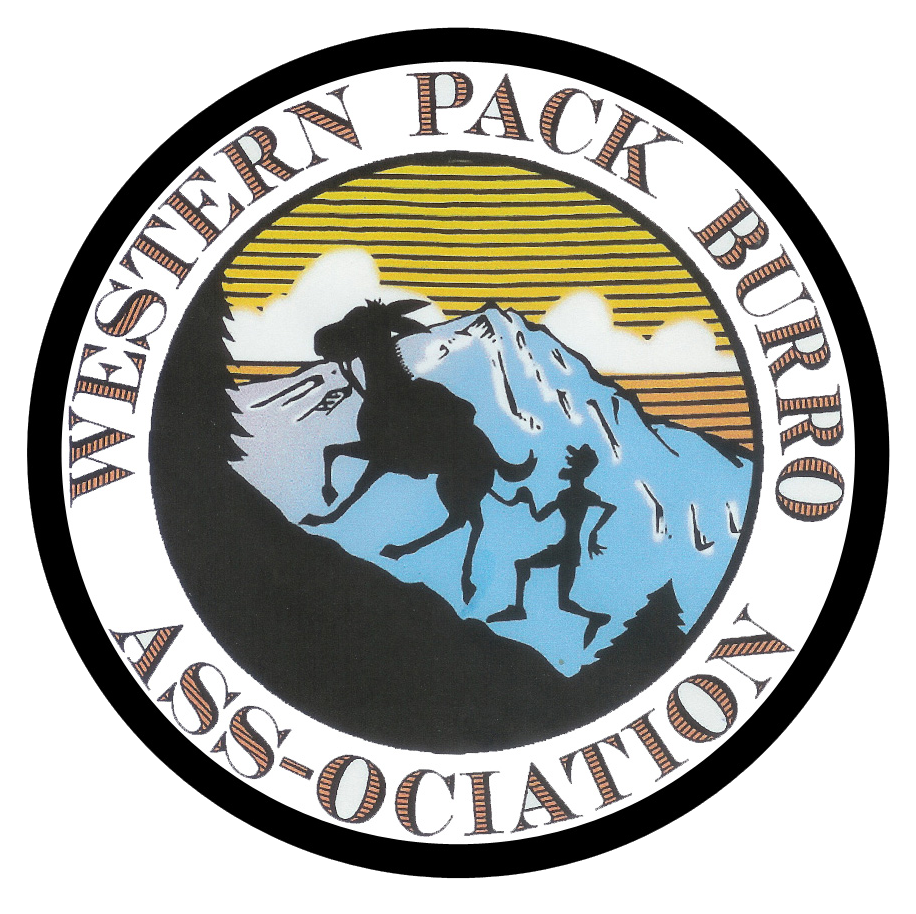
Guidelines for Race Directors
A few tips to help make your race successful
Need advice? Contact the WPBA
Recommendations for Race Directors
Coordinate with the town, private land owners, county, federal and state entities to ensure all permissions, permits and insurance requirements are met. Note: some permits may take up to six months to receive.
Promote the race. Consider using radio, television, local signage and social media. Consider soliciting sponsors for awards.
Create an emergency action plan for burros and racers. Ask for volunteers with equine trailers to transport burros in distress if need be. Coordinate with local law enforcement, emergency services, search and rescue, and if applicable, ham radio operators, Bureau of Land Management and National Forest Service.
Solicit volunteers for timing, aid stations, crowd control, trailer parking, trail marking, trail marking removal, clean up, etc.
Accurate, detailed maps with the race director’s contact information. Include the map at on-line registration and a hard copy at check-in. Notify racers of any course changes.
Entry forms should include all pertinent information for race day, a release of liability and WPBA rules that outline how burros should be treated and how racers should conduct themselves.
Provide information about camping. The site should include adequate room to corral donkeys, a water supply, a dumpster or rules for trash (pack it in, pack it out), rules for manure disposal, restroom facilities and showers if possible. You may also want to inform racers of local camping and hotel accommodations.
Provide a map for trailer parking on race day. You may also consider offering a burro/racer taxi service if space is limited.
Ensure the course is clearly marked. Consider using signs along with other methods like marking tape. Pay close attention and clearly mark roads where racers might get confused at turns.
Provide durable race number bibs and specify which side of the burro to place the numbers so that it is easy to identify racers at the finish.
Hold a pre-race briefing. Include important race information, cut-off times, course changes, what to do in an emergency or if a burro becomes lame or will not progress.
Ensure placement and times are accurately captured. You may opt for electronic chip timing. If chip timing is not used, consider using a minimum of two volunteers to annotate bib numbers and times. One additional volunteer should observe any nose to nose finishes.
Provide a copy of all finishers and disqualifications to the WPBA.
Recommend vet checks before race day. If donkeys are coming from out of state they will need a health certificate from a veterinarian before traveling and a Coggins test within one year of traveling. Brand inspections may also be required. Burro owners should check local/state regulations.
If the race is held on state or federal land and the burros are corralled there, certified weed-free hay may be required.
If a vet is on hand to do vet checks, specific information about what the vet will be looking for should be shared with burro owners well in advance of race day.
Provide adequate crowd control throughout the race. Pay special attention to dogs, ensuring spectators keep all dogs on leashes and at a safe distance from the burros.
There should be multiple Water/Aid stations along the course.
Conduct a post race awards ceremony.
Consider separate prize money for male and female top finishers.
Provide an item of recognition for top finishers. Consider items of recognition for all finishers.
Consider providing certificates with placement and time.
If there is a complaint about the treatment of a burro or the conduct of a racer, consider working with a WPBA Board member to interpret and enforce rules or discuss appropriate actions.
Created by Eric Lynn, Oct 2021

